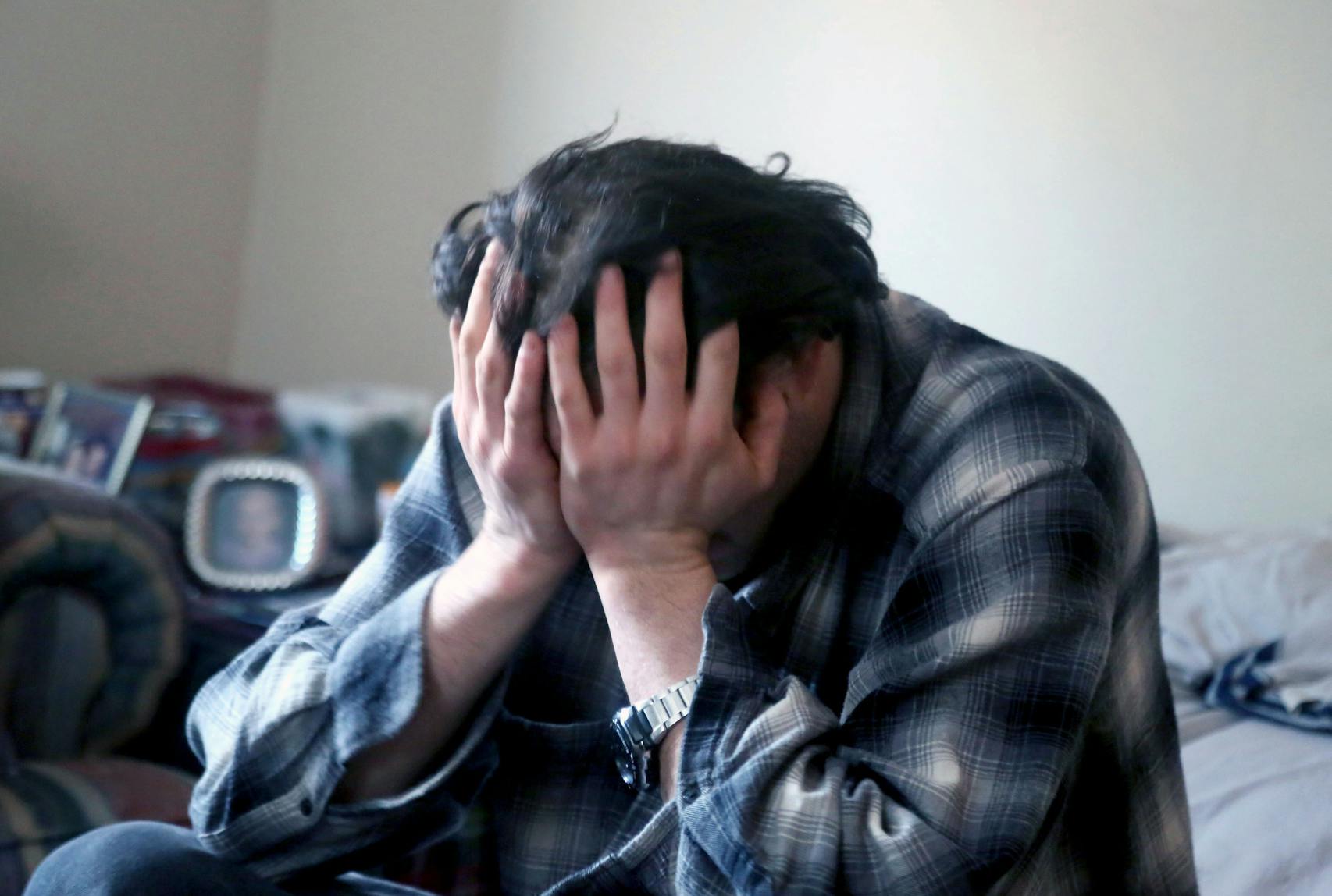'Set up to fail' outside of group home
Without support, few adults with disabilities find success living on their own.
Tony peered nervously from behind the plastic blinds of his one-room apartment. He could hear a police siren in the distance, then some loud shouting from the snowy street below, then silence.
"I wish I lived far, far away from this … " he paused, searching for the right word, "sewer."
Tony, who asked that his last name not be used because he's looking for work, has lived in group homes since he was 18 and found to have schizoaffective disorder.
Last winter, at 33, he got his own place for the first time — the graffiti-covered building in south Minneapolis where he stood looking out the window.
Two months had passed since he moved in. The county's promises of individual therapy and job assistance had yet to materialize. Tony had no bed, no table and no carpet. His only light came from a shadeless lamp in the corner of a darkened living room. He spent most days alone in the apartment, scribbling in a spiral notebook.
Without therapy and job counseling, Tony's solo flight would prove brief. A few months after moving into the apartment, he suffered an anxiety attack, swallowed four bottles of Tylenol, and was sent back to the sort of group home he has spent most of his adult life trying to escape.
Tony's odyssey helps explain why so many of Minnesota's disabled adults live in group homes, and why so few find a successful alternative.
Minnesota leads the nation in public spending, per capita, on private group homes for people with disabilities and mental illnesses — some $850 million annually. But families who seek to break out of the system, using state subsidies for housing, job assistance and supports, often wait months or years.
Only a small minority of people with disabilities and mental illnesses ever make it out of group homes once they are admitted; among those who do, many cycle right back for lack of support on the outside.
Today, Tony lives on the second floor of a South St. Paul group home, his eighth since he turned 18. His housemates all have severe intellectual impairments. He feels he has nothing in common with them.
"Tony was set up to fail," said his mother, Lynda Cannova, a social worker. "You can't throw someone in a cavelike apartment all alone, with no community supports, and expect him to succeed after he's been locked up in group homes most of his adult life. … It's like taking a preschool-age child and tossing him into high school."
On a recent evening, Cannova came home to find Tony sprawled on her couch, 20 miles from his group home, with empty pill bottles on the floor nearby. Only later, as he was having his stomach pumped at Regions Hospital, did Cannova learn that her son had arrived at her home by taxi — his group home oblivious to his whereabouts.
But Tony is not giving up. One afternoon in late September, he walked into a bar and restaurant in South St. Paul and, after calmly downing a cup of coffee, asked whether they were hiring. The manager, impressed by Tony's good manners, hired him on the spot to work the grill during the day shift.
Tony, who has dyslexia, sometimes grows anxious during the flurry of lunchtime orders. But he prefers the stress and routine of work to the isolation of the group home.
"It's a testament to his tenacity and persistence," Cannova said. "Tony will not let his spirit be squelched by a system that can grind a good person down."

